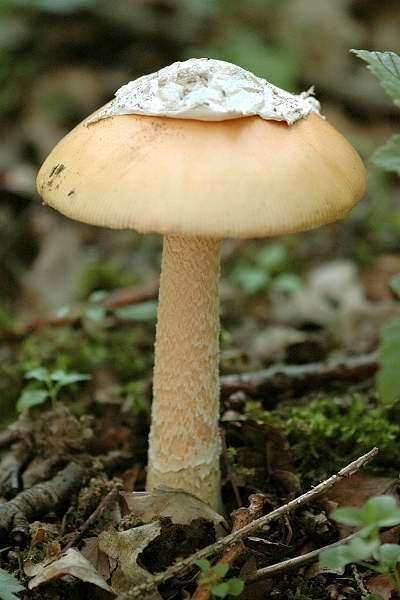Kingdom Fungi Order Agaricales Higher classification Amanita | Division Basidiomycota Scientific name Amanita orientifulva Rank Species | |
 | ||
Similar Amanita nauseosa, Amanita pekeoides, Amanita ananiceps, Amanita nehuta, Amanita ochrophylloides | ||
Amanita orientifulva, also known as the Asian orange-brown ringless Amanita, is a species of agaric fungus found at altitudes ranging from 1,300–4,200 m (4,300–13,800 ft) in southwestern China. It is associated with trees, especially Abies, Quercus, Salix, and occasionally Castanopsis. It fruits singly or scattered from June to September.
This medium to large agaric has a cap with a diameter measuring 5–14 cm (2.0–5.5 in) and a stipe length of up to 15 cm (5.9 in) and a thickness of 0.5–3 cm (0.2–1.2 in). Gills on the cap underside are free from attachment to the stipe, crowded closely together, and white to cream in colour with brownish edges. The fruit body has a sac-like volva and lacks a ring on the stipe. The overall colour of the fruit body is brownish with a yellowish to orange cap centre. Its spores are spherical or nearly so, measuring 10–14 by 9.5–13 µm. Names for its similarity to the widespread Amanita fulva (a species with which it was previously confused), it can be distinguished from A. fulva by microscopic features of the volva.
